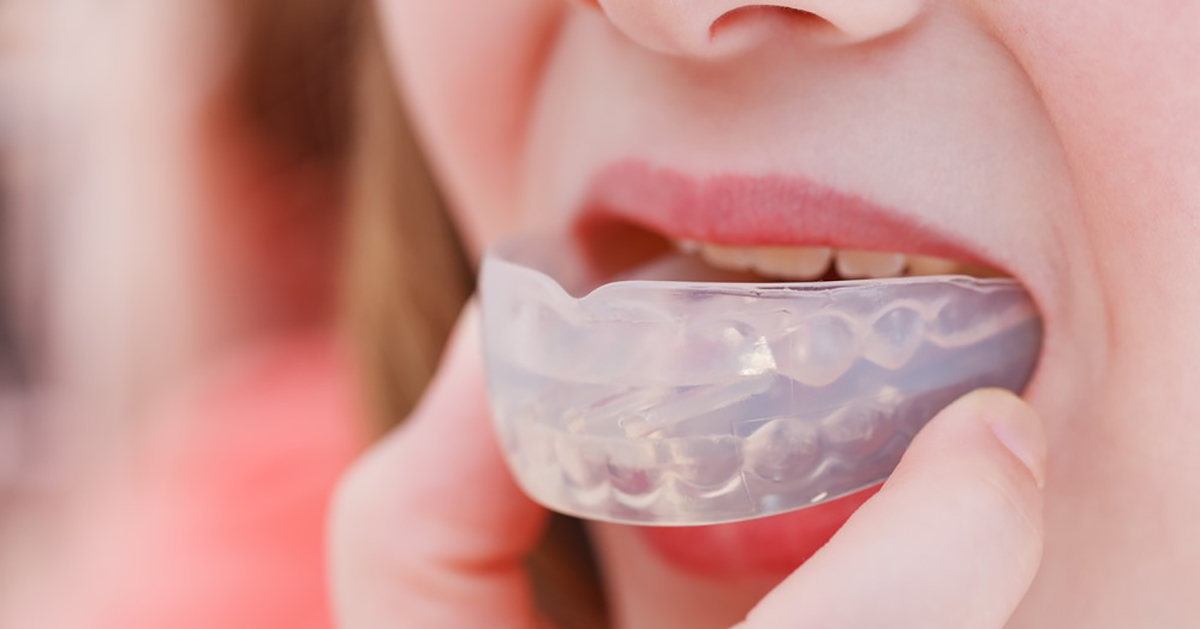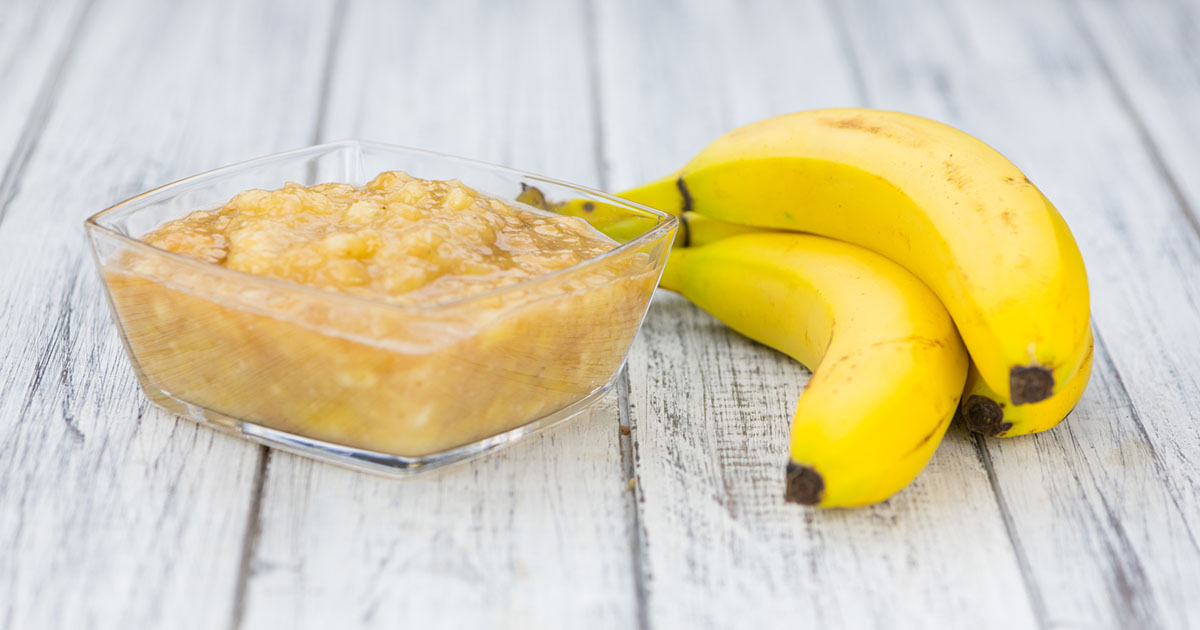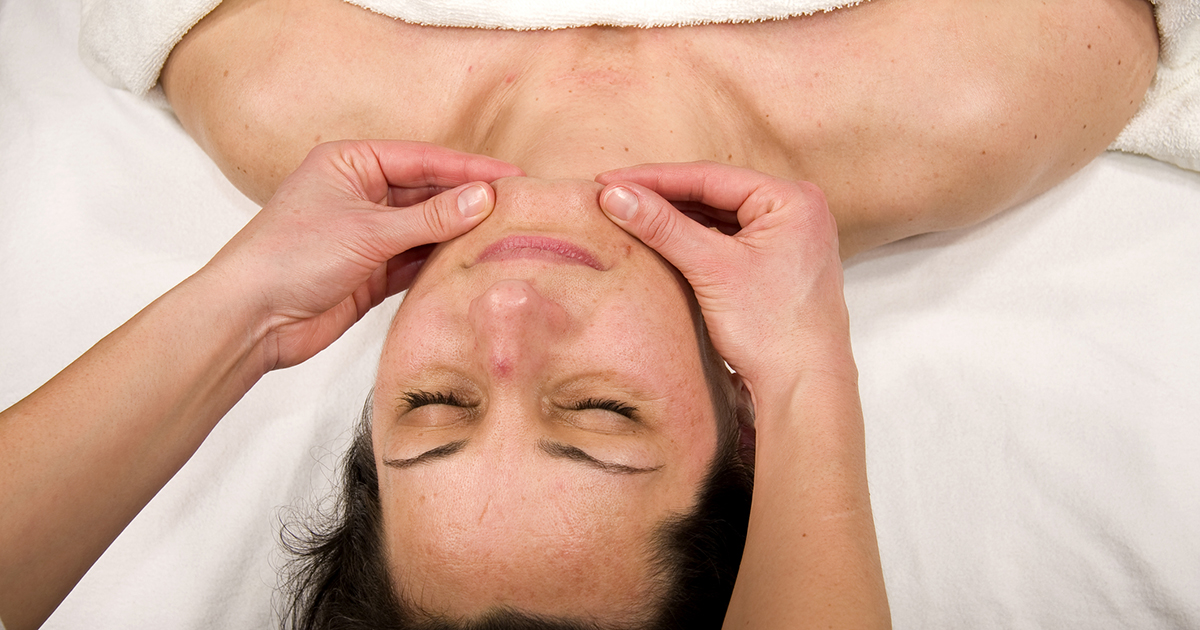How To Treat Temporomandibular Joint Disease
The temporomandibular joints are the sliding hinge joints that connect the skull and the jaw bone on either side of the face. When this joint becomes diseased, patients experience pain both in the joints and in the muscles that support jaw movement. Pain in the area can be attributed to a variety of factors, such as habitually clenching the jaw or grinding the teeth. Genetics, arthritis, and injury can also lead to this pain. Additional symptoms of temporomandibular joint (TMJ) disease include difficulty or pain while chewing, aching pains around the ears, locking of the joint, and clicking sounds when you open or move your mouth. In most cases, the discomfort associated with TMJ disease is temporary and can be treated with the following options.
Medication

Nonsurgical interventions for temporomandibular joint disease will typically begin with a doctor recommending medication. Over-the-counter pain relief medication and nonsteroidal anti-inflammatory drugs (NSAIDs), such as ibuprofen, are usually the first step, though these are never meant to be taken regularly and habitually, as prolonged use can cause serious side effects. When these are not sufficient at relieving TMJ pain, your doctor or dentist may prescribe stronger medication. These can include muscle relaxants and even tricyclic antidepressants, which are often used to treat pain. However, these should be utilized only for a few days or weeks, as it is not a healthy, sustainable option to treat temporomandibular joint pain in this way for months or years.
Continue for the next method of treating TMJ disease.
Mouth Guards

Mouth guards and other oral appliances are another common treatment option with the benefit of being non-chemical or medicinal. More often than not, individuals who experience jaw pain will benefit from wearing a device over their teeth. These guards can be either soft or firm, depending on symptoms and comfort preferences. Though it is not concrete just why these devices help so much, it certainly reduces the negative effects of teeth grinding and softens the pressure on the teeth and jaw for those who clench. These oral appliances are typically worn at night during sleep and can prevent a person from waking up with lockjaw or other tenderness in the mouth.
Continue for more ways to treat temporomandibular joint disease effectively.
Surgical Intervention

Surgical intervention is almost always used as a last resort for doctors treating a patient with temporomandibular joint disease. While conservative measures are certainly preferred and tested out first, they do not always work in providing relief and correcting the condition in every patient. As such, some patients will benefit from surgical intervention, such as an arthrocentesis. This minimally invasive technique is done by inserting small needles into the joint, allowing the fluid to flow through and remove any debris and byproducts that cause inflammation. Arthroscopy can also be effective in treating TMJ disease, as can open-joint surgery. The latter is only used to address structural problems in the joint, as it comes with a plethora of risks. Be sure to discuss both the benefits and risks of each surgery option with your doctor or dentist before committing to one of the procedures.
Continue for more ways to treat temporomandibular joint disease.
Shifts In Diet

Other holistic methods and lifestyle changes can be utilized at home to treat temporomandibular joint disease. Making shifts in your diet is one of those simple options. Though this will typically only work when relieving minor pain and will not improve any structural problems with your jaw, it is a small life hack that can make eating much more pleasant. This works on the principle of avoiding overusing the jaw muscles. Eating hard, sticky, or overly-chewy foods requires more work from the jaw, something that can really fire-up pain in patients with TMJ disease. Avoiding these foods is an easy way to allow the jaw to relax when eating. Stick to soft foods and cut your food into smaller pieces.
Keep going for another way to treat temporomandibular joint disease.
Physical Therapy For the Jaw

Physical therapy for the jaw is one of the best ways to relieve pain and improve the overall quality of your life when dealing with temporomandibular joint disease. It is a sustainable, long-term solution, as opposed to merely mitigating symptoms with medication. Physical therapy can be done on one's one, after consultation with a doctor, or in a facility with a trained professional, depending on the severity of the patient's TMJ disease. These therapeutic techniques mostly rely on massaging and stretching the muscles and bones in the jaw and facial area. A doctor or physical therapist will demonstrate how to complete these exercises yourself. All of the exercises will be 'low load,' meaning movements will be natural and will not put lots of pressure on the temporomandibular joint.